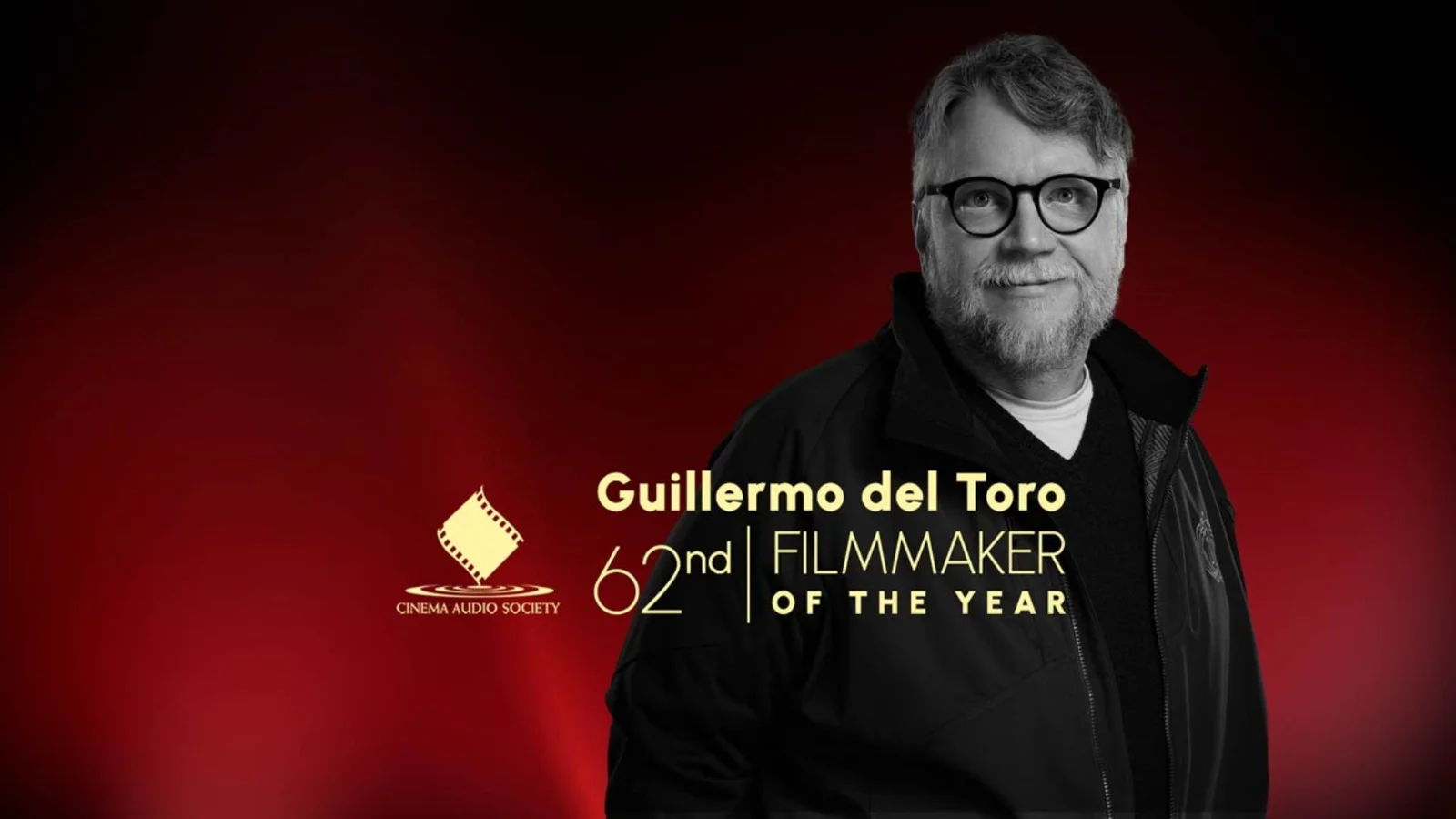Guillermo del Toro remains a distinctive filmmaker, blending humanity and horror in unique ways that resonate deeply with audiences. This month, Hulu reintroduced one of del Toro’s most gripping films, Nightmare Alley, offering subscribers a chance to revisit his exceptional storytelling through a dark and thrilling narrative. This streaming return is timely, as del Toro is about to release another major film, building anticipation among fans of Guillermo del Toro horror.
While viewers can watch Nightmare Alley exclusively on Hulu, del Toro’s newest project, Frankenstein, will premiere in select theaters this Friday before becoming available on Netflix on November 7th. This upcoming film represents del Toro’s personal vision of Mary Shelley’s classic tale, one he has long considered a favorite story to reinterpret.
Recommended Films to Watch Ahead of Frankenstein’s Arrival
Though Nightmare Alley and Frankenstein appear on different platforms, their thematic connections suggest Nightmare Alley is an essential film to revisit before the new release. Both explore the concept of a monster being created through human actions and choices, which resonates in the storylines of Bradley Cooper’s Stanton Carlisle and Oscar Isaac’s portrayal of Victor Frankenstein. Stanton, a conman consumed by ambition, faces dire consequences for his attempts to control his surroundings, a fate that parallels Frankenstein’s journey closely.

For those looking to explore more Guillermo del Toro horror ahead of Frankenstein, several films align with its dark and gothic tone. Notably, the 2015 film Crimson Peak shares stylistic and thematic similarities, blending romance with haunted house horror. Although the movie is currently streaming on Prime Video, it will depart the service at the end of October, so fans have limited time to watch it there.
Exploring the Layers of Guillermo del Toro’s Approach to Horror
Del Toro’s work often humanizes creatures typically labeled as monsters, offering audiences a lens to see evil in a new light. His films contrast the monstrous and the mundane, revealing the hidden darkness in ordinary faces. This storytelling method crafts horror that is as emotional as it is unsettling, influencing how viewers perceive fear and empathy.
The return of Nightmare Alley, featuring Stanton Carlisle’s psychological struggle with ambition and deception, underlines del Toro’s mastery in portraying flawed characters whose desires unleash unforeseen consequences. The upcoming release of Frankenstein promises to continue this exploration, inviting viewers into a world where familiar horror icons are given fresh life by the Oscar-winning director.
What to Expect from Frankenstein and Its Influence on Horror Cinema
Frankenstein, with Oscar Isaac embodying Victor Frankenstein, is poised to offer a fresh perspective on the classic narrative. Its theatrical release sets the stage for a broader Netflix audience shortly after, expanding del Toro’s reach in modern horror. By revisiting themes of creation, control, and the consequences of human ambition, the film aligns with the psychological intensity found in Nightmare Alley.
This upcoming film’s impact is likely to reignite conversations about del Toro’s unique style and strengthen his standing as a pioneer in horror filmmaking. For audiences eager to immerse themselves in del Toro’s dark world, revisiting his past works will enrich the viewing experience and deepen appreciation for his narrative intricacies.
The Importance of Revisiting Guillermo del Toro’s Horror Legacy
Bringing Nightmare Alley back to streaming platforms not only rekindles interest in del Toro’s earlier work but also sets a thoughtful context for his latest creation. This move allows both new viewers and longtime fans to engage with his evolving craft, as his films consistently balance intense emotional narratives with unsettling horror elements.
As audiences await the premiere of Frankenstein, they have the opportunity to reflect on del Toro’s unique voice within the genre, one that blends myth, tragedy, and the human condition in every frame. This return to streaming is more than just a chance to watch a film again; it’s a moment to appreciate Guillermo del Toro horror at its finest, setting the stage for what promises to be a memorable cinematic journey.
